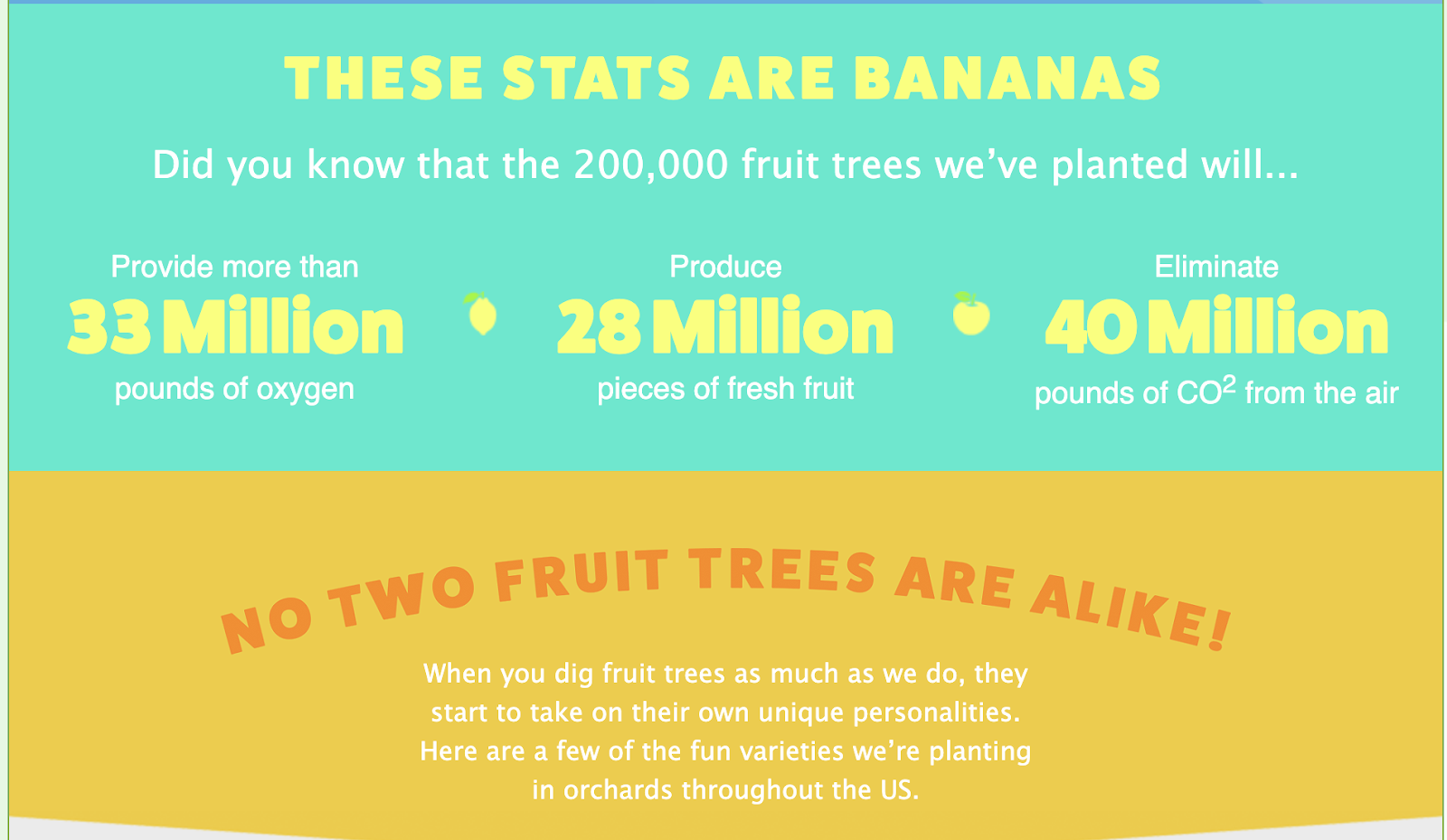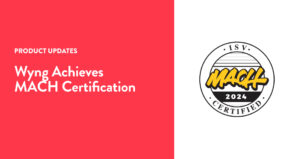First of all, thank you Vitafusion marketing team. I did not expect to have this much fun on a gummy vitamin website. Your use of puns is at a very high level – well done!
About Vitafusion
Vitafusion is a subsidiary brand of the CPG (Consumer Packaged Goods) leader Church & Dwight, who you may know from such brands as Arm & Hammer, Trojan, Batiste, Orajel, Waterpik, or Oxiclean. They span a lot of industries and they consistently do a good job of creating privacy-first experiences on their websites – even though the vast majority of consumers buy their products in store and never visit one of these sites.
So why do they do this? It’s all about creating that authentic relationship with people and creating value for potential customers by sharing information related to their products and their customer’s goals. Some might call it establishing a brand voice. Overall, it’s about building trust with people. Let’s dig in.
Microexperience Highlight 1: Homepage Pop-up
Upon landing on gummyvites.com, there is an immediate popup. While an immediate popup asking for an email and information might throw some people off, it makes sense in this case as they make the value exchange clear at the top – and it correlates with the goals of most visitors. Most visitors come to this site to find out more about the vitamins (and the brand) than they can from reading the label in the store. People want to know they can trust a brand if they are going to be ingesting their product every day themselves or giving it to their children. The offer to give more information and coupons satisfies two immediate needs for an average visitor: information and immediate monetary benefit.

One thing I also like here is they are asking for two customer preferences that are very important to establishing a relationship with the customer.
- Have you tried our products before?
- What category are you interested in?
This allows them to make any content or coupons more relevant AND potentially offer different coupons to get a first-time buyer over the hump of trying their products. The best kind of personalization experience is one that focuses on capturing the minimum amount of data needed to solve the most urgent customer problem – and then solving it immediately. In this case – getting a customer to the right vitamins according to their needs and understanding where they are coming from.
The best kind of personalization experience is one that focuses on capturing the minimum amount of data needed to solve the most urgent customer problem
Microexperience Highlight 2: New Email Subscriber Survey
Soon after I completed this, I received an email with promotions and a more extensive survey to help me find a specific product from among their catalog. Completing the survey was once again rewarding in multiple ways, because it entered me in a sweepstakes to win some free vitamins. It also drive more relevant coupons for me in the future.
Page 1 of 4 page survey
This survey was much more extensive, with multiple pages asking me questions about my household, health concerns, health habits, and shopping habits. At the end, they make a recommendation for the 1-3 products that would work best for me and my family. And now I get coupons for all of these products as well!
What’s Next?
Even the best brands have room for improvement. I would like to see some instant personalization from these survey results. One way to do this is to recommend an article or product at the end of each personalization experience. “It looks like you are interesting in our kids vitamins, would you like to read an article about the differences between children’s vitamins and adults?” Is an example personalization that could help a visitor who is new to children’s vitamins and wants to understand why and how they help. As you will see further on in the article, they have a pretty great content library they could leverage here.
Another improvement would be to not ask the same questions twice across the popup and survey experiences. A consistent system to power all surveys backed by a unified customer profile and preference center would help solve this issue. It would also let me go in and change my preferences down the road as I age or have a family.
Honorable Mentions
Now I get to call out the other aspects I like of this site that make it really valuable for a visitor.
1. Content
They have a ton of great content about more than just vitamins. Their audience includes a lot of people who proactively manage their health, so their content section addresses a lot of the major concers: stress, prenatal vitamins, fiber, vitamin D and more.
2. Tone
Their tone is helpful and humorous. It’s also knowledgeable without being too esoteric or pushy. And it’s funny! Which makes reading anything 10 times better.
3. Social Good
One thing I did not expect to see on a vitamins website was pages of content about helping the environment and fighting hunger around the world. Whoa. With over ⅔ of consumers making purchase decisions based on a set of values or beliefs and over half of people thinking businesses aren’t doing enough, this really matters and it made an impact on me.
Conclusion
Vitafusion definitely made my day better, and more importantly, it taught me more about vitamins related to my goals and made me feel like I could trust their products to do exactly what they claimed. This is a big deal for a brand when competition has never been higher while trust is also lower.
Ready to build your own microexperience? The Wyng platform includes pre-built templates and simple drag-and-drop components to create beautiful surveys, quizzes, or sweepstakes in just moments. You can get started today with a free trial or contact us for a demo.













